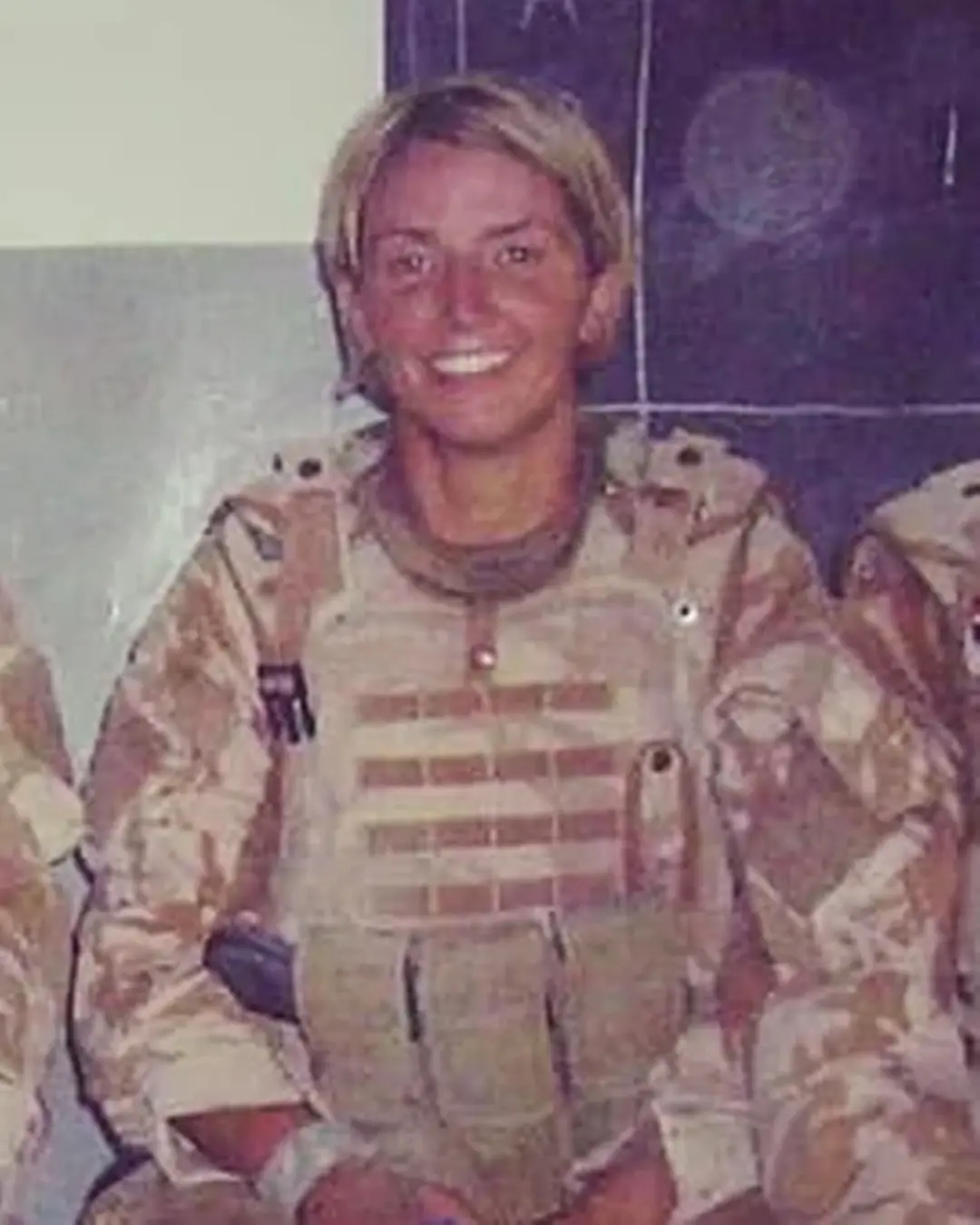
Little Ruby and the Soldiers Who Could No Longer See.
🌹 Little Ruby and the Soldiers Who Could No Longer See
In the aftermath of the First World War, Britain was filled with silence—homes without sons, streets without laughter, and hospitals filled with men who had returned from the front lines forever changed. Among the most vulnerable were the soldiers who had lost their sight in battle. They came home to a world they could no longer see, struggling to navigate both physically and emotionally.
At St Dunstan’s, a pioneering charity founded in 1915 to support blinded servicemen, healing came not only through rehabilitation—but through an unexpected source of comfort: a little girl named Ruby Alice Crane.
🧒 A Child’s Hand, A Soldier’s Guide
Ruby was the daughter of the head gardener at St Dunstan’s. Just three years old, she became a quiet fixture on the grounds, often seen holding the hands of blind veterans as they walked through the gardens. Her presence was gentle, her touch instinctively kind.
She didn’t flinch at their injuries. She didn’t ask questions. She simply offered her hand.
To the men who had lost so much, Ruby became a symbol of innocence, hope, and trust. Her small hand guided them through unfamiliar paths, both literal and emotional. Sculptures and photographs from the era captured these moments—images of a tiny girl leading towering men with bandaged eyes and broken spirits.
💔 Healing Through Connection
Ruby’s story was more than symbolic. It reflected a broader truth: that caregiving after war was not limited to nurses and doctors. Children, especially young girls, played a quiet but powerful role in helping veterans reconnect with life.
Historian Michael Roper explored this in his work Little Ruby’s Hand, noting how Ruby’s interactions became iconic representations of emotional recovery. Interviews with descendants of St Dunstan’s staff revealed how deeply Ruby’s presence affected the men she helped.
🌼 A Legacy of Tenderness
Though Ruby was just a child, her impact endured. She reminded a grieving nation that healing could come from the smallest gestures—a hand held, a walk shared, a moment of trust.
Her story continues to be studied as part of Britain’s emotional history of war, showing how compassion can transcend age, rank, and trauma.
As one veteran once said: “She didn’t see our wounds. She saw us.”
News in the same category

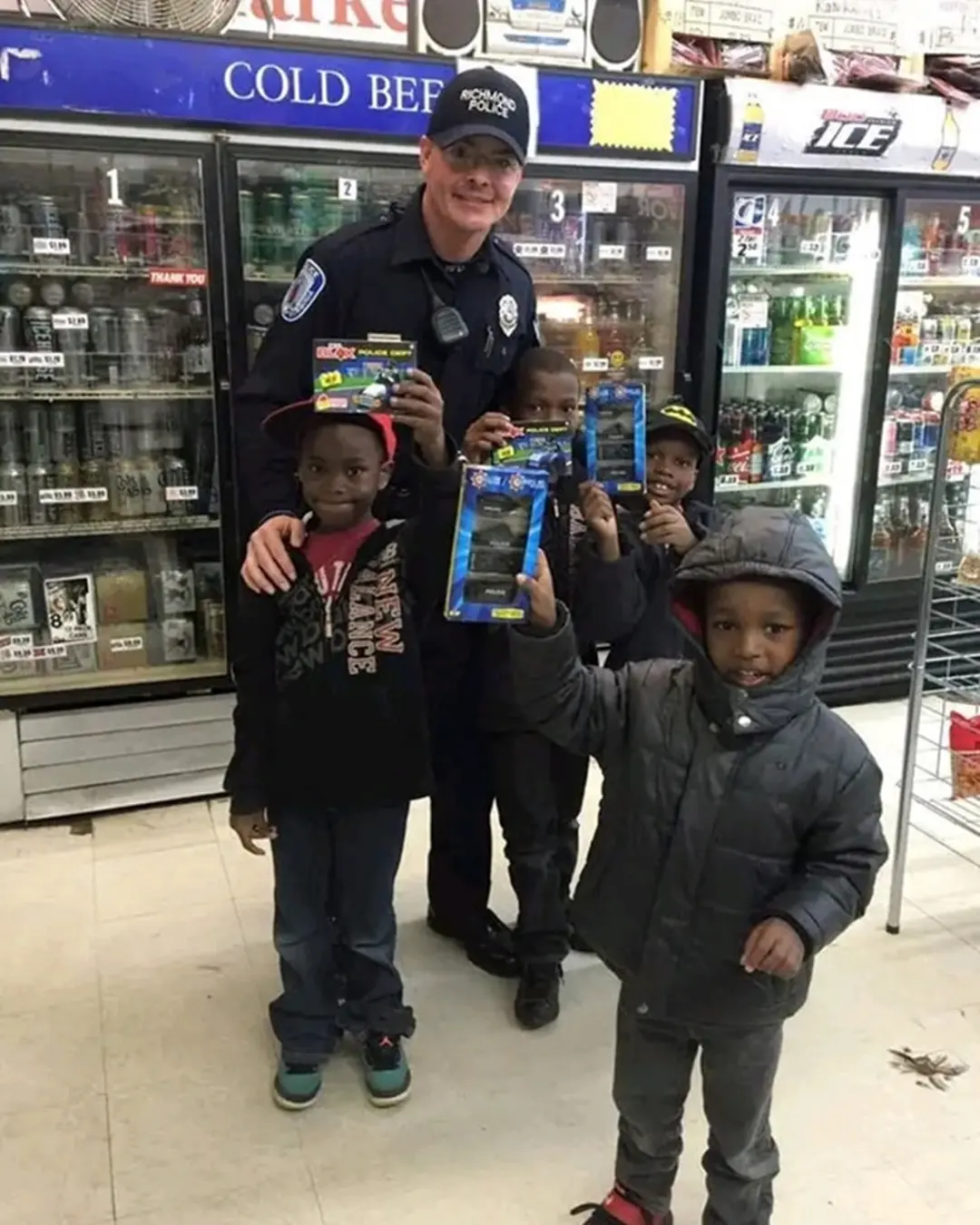
A Hug at the Golden Eagle.
The Little Elephant Without a Trunk.
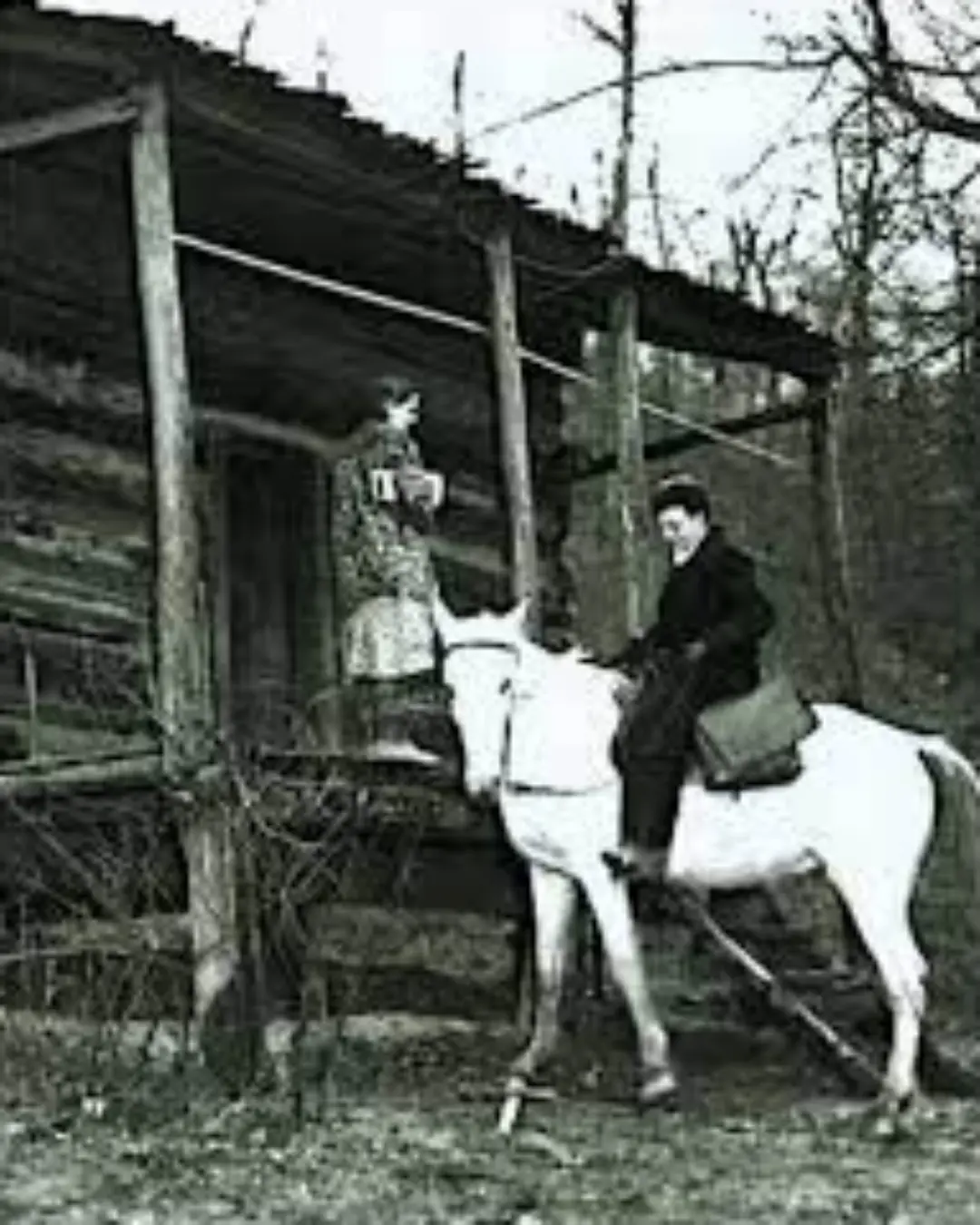
The Women Who Rode Through the Depression Carrying Hope in Saddlebags.
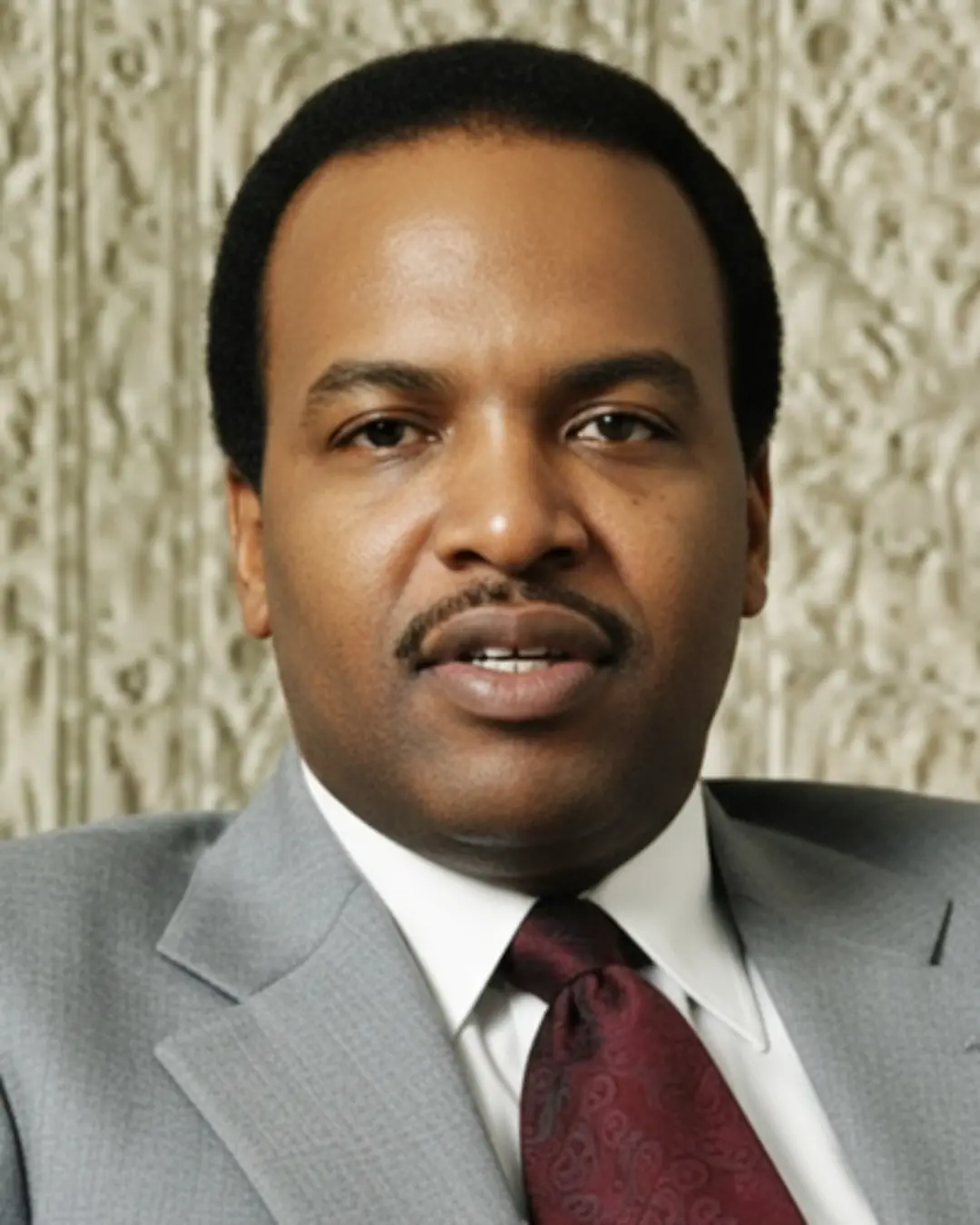
The Informant Who Burned the Truth: One Man’s Confession from Inside the FBI’s War on Black America.
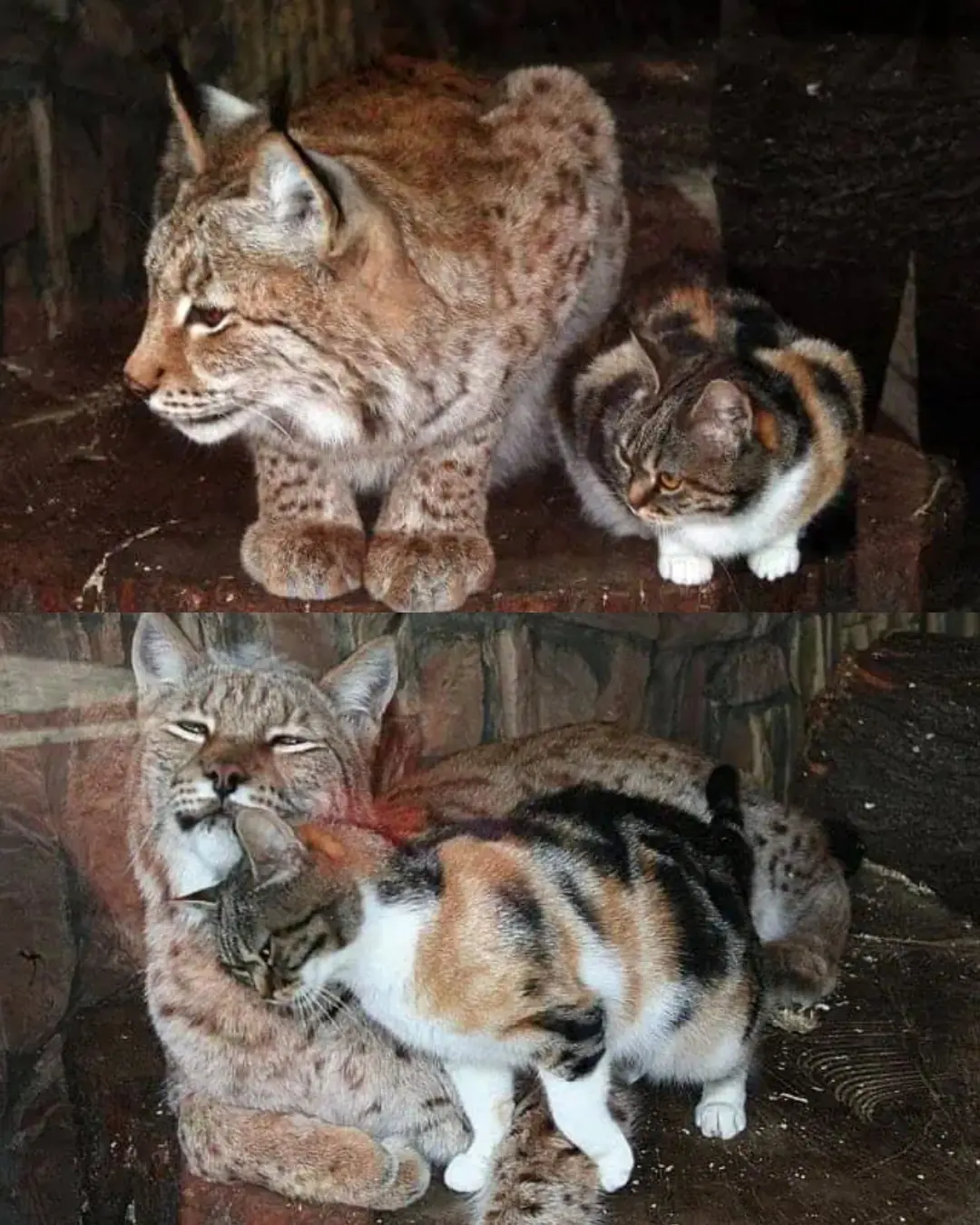
The Cat Who Befriended a Lynx: A Wild Lesson in Unlikely Love.
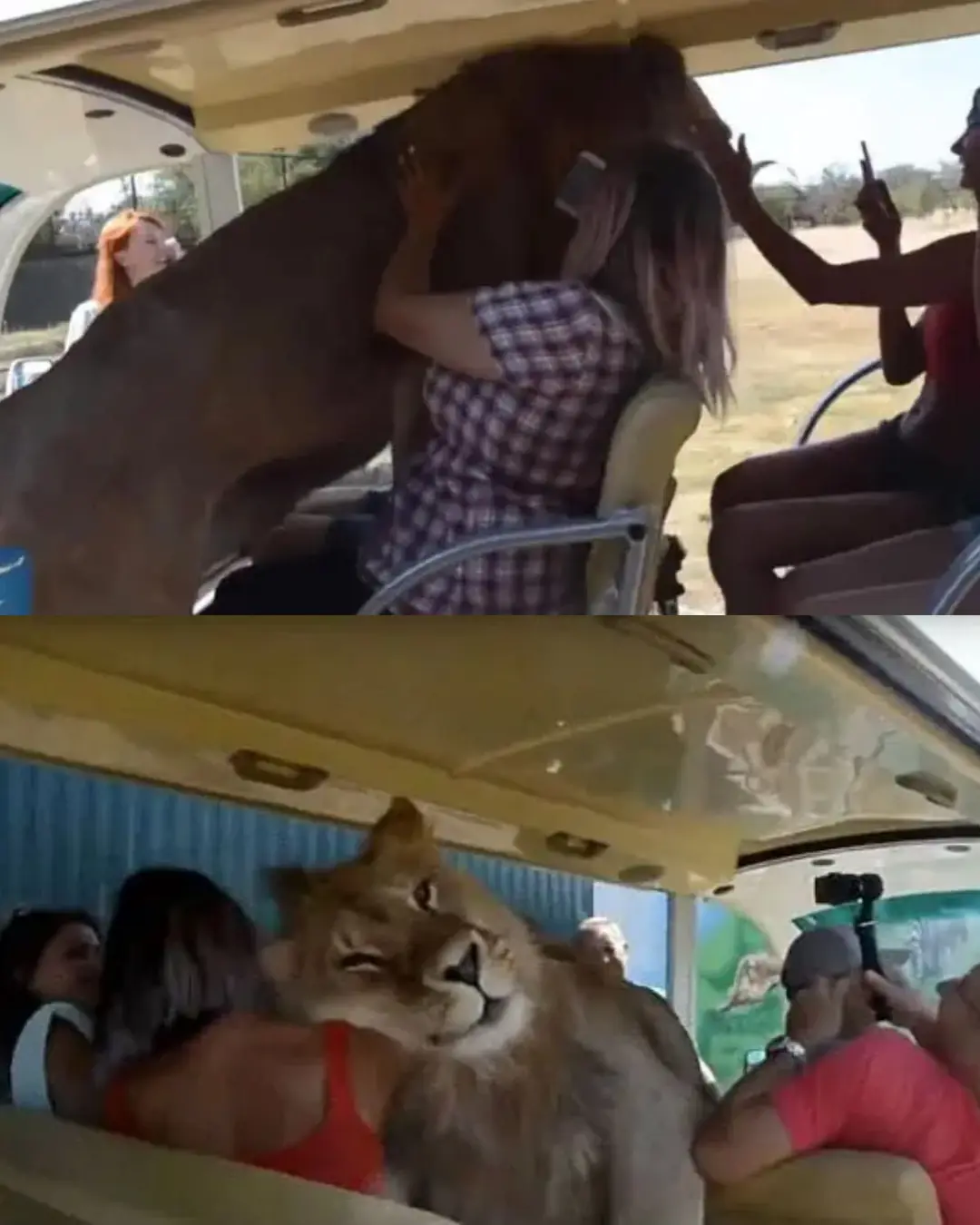
The Gentle Lion Who Just Wanted a Hug.

The Night Japanese Fans Taught the World a Lesson in Respect.
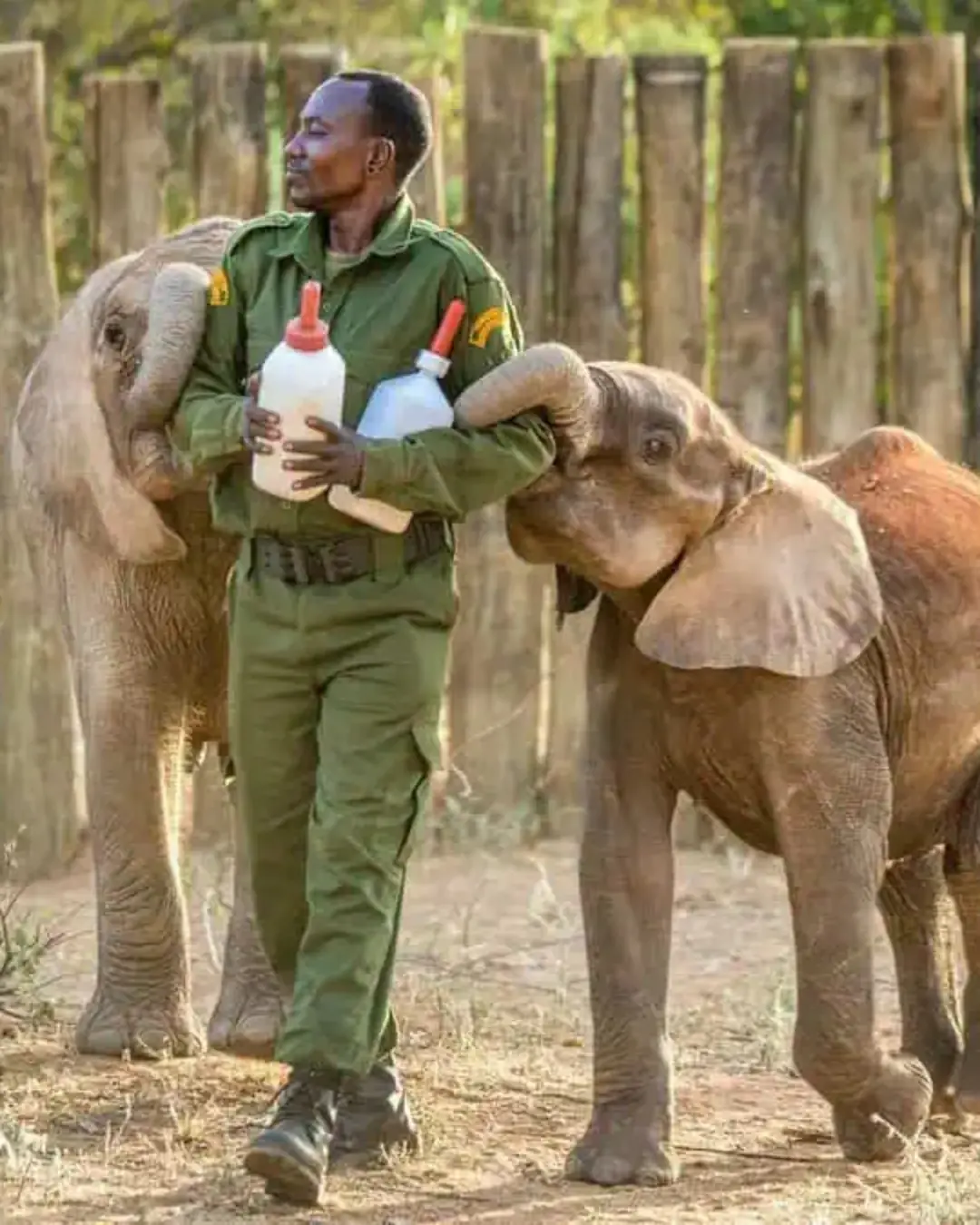
From Milk Bottles to Mud Baths: The Remarkable Journey of Raising a Baby Elephant.
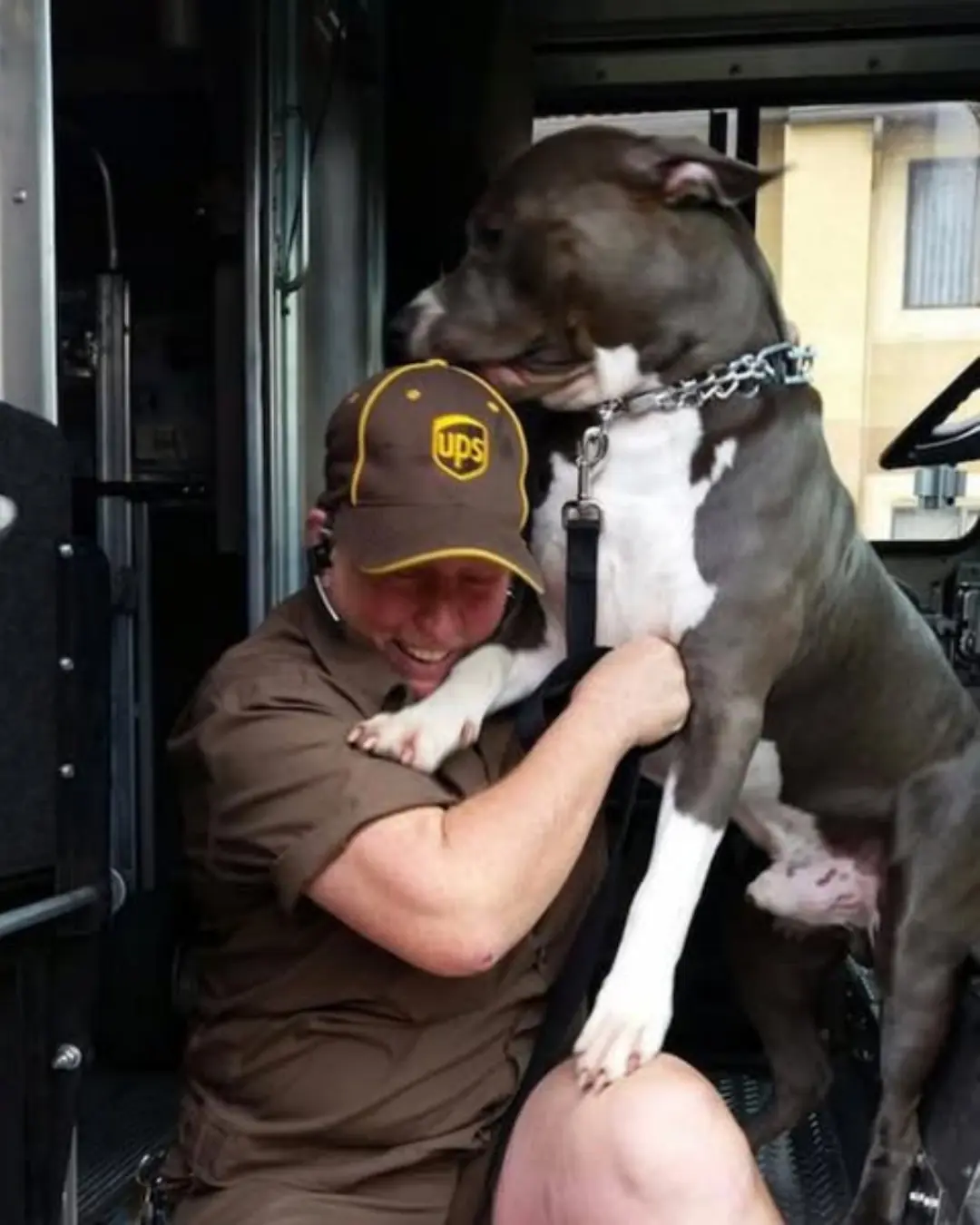
The Mail Carrier Who Delivered a Second Chance.
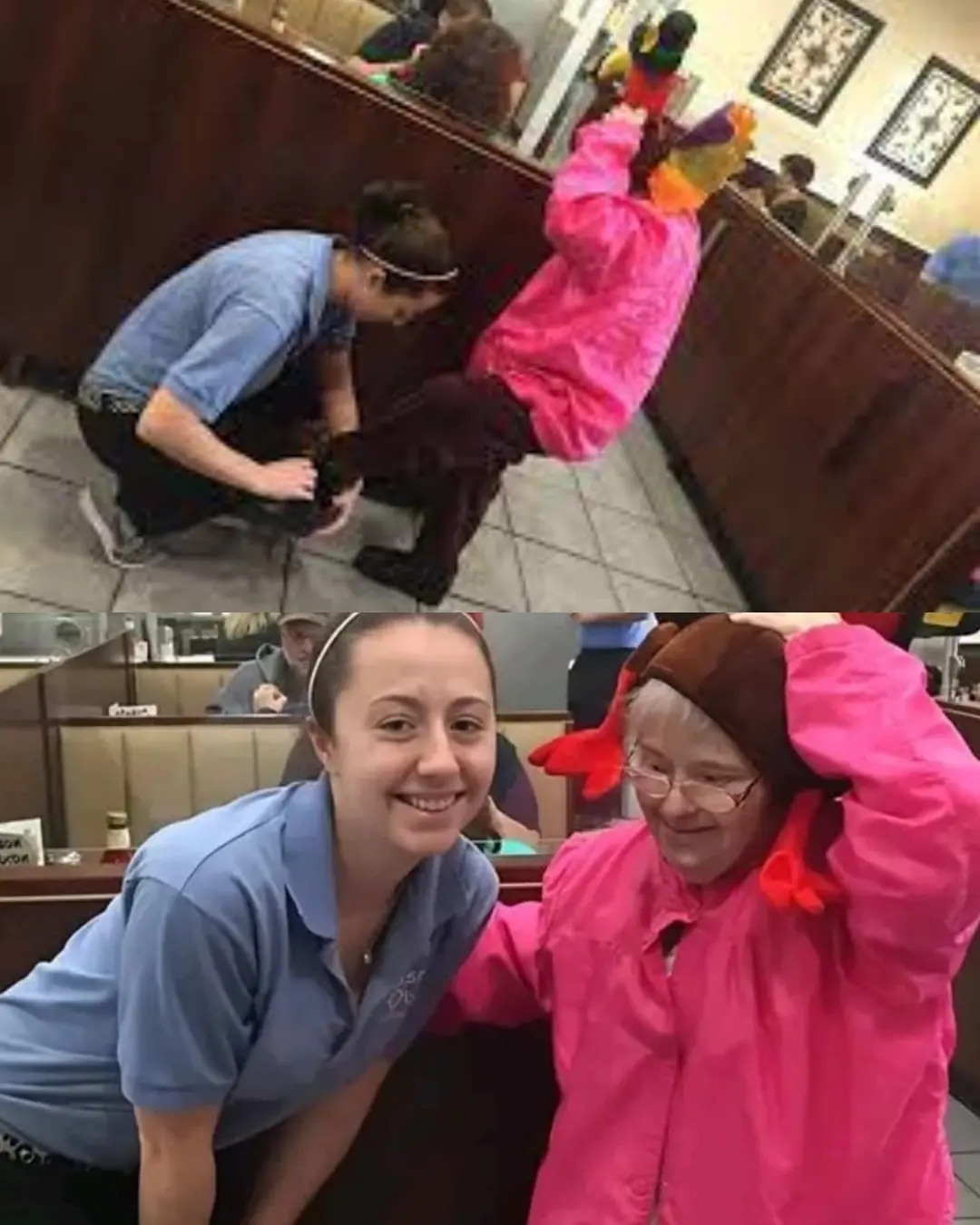
A Small Act of Kindness That Touched Everyone’s Heart.
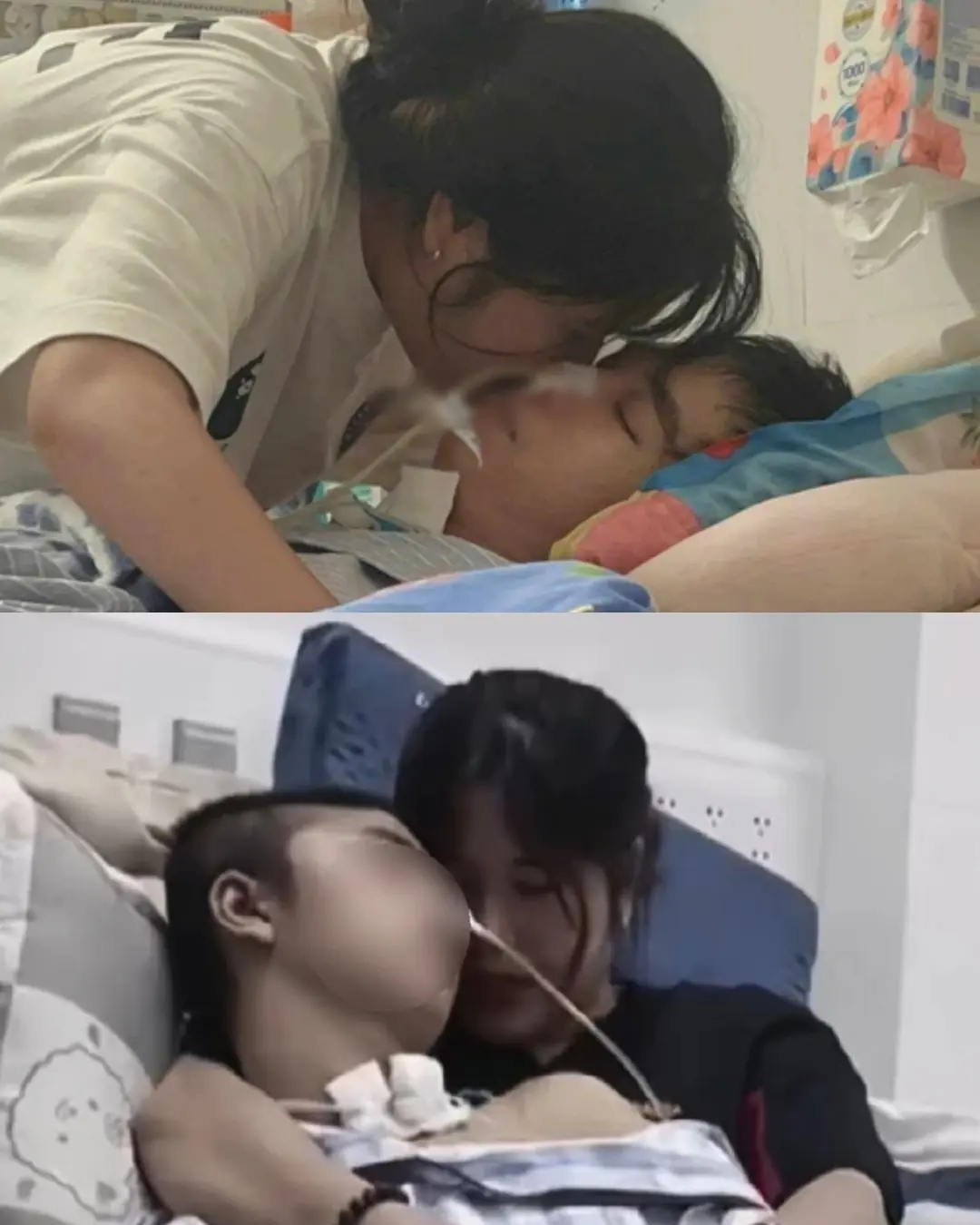
A Love That Refuses to Give Up.
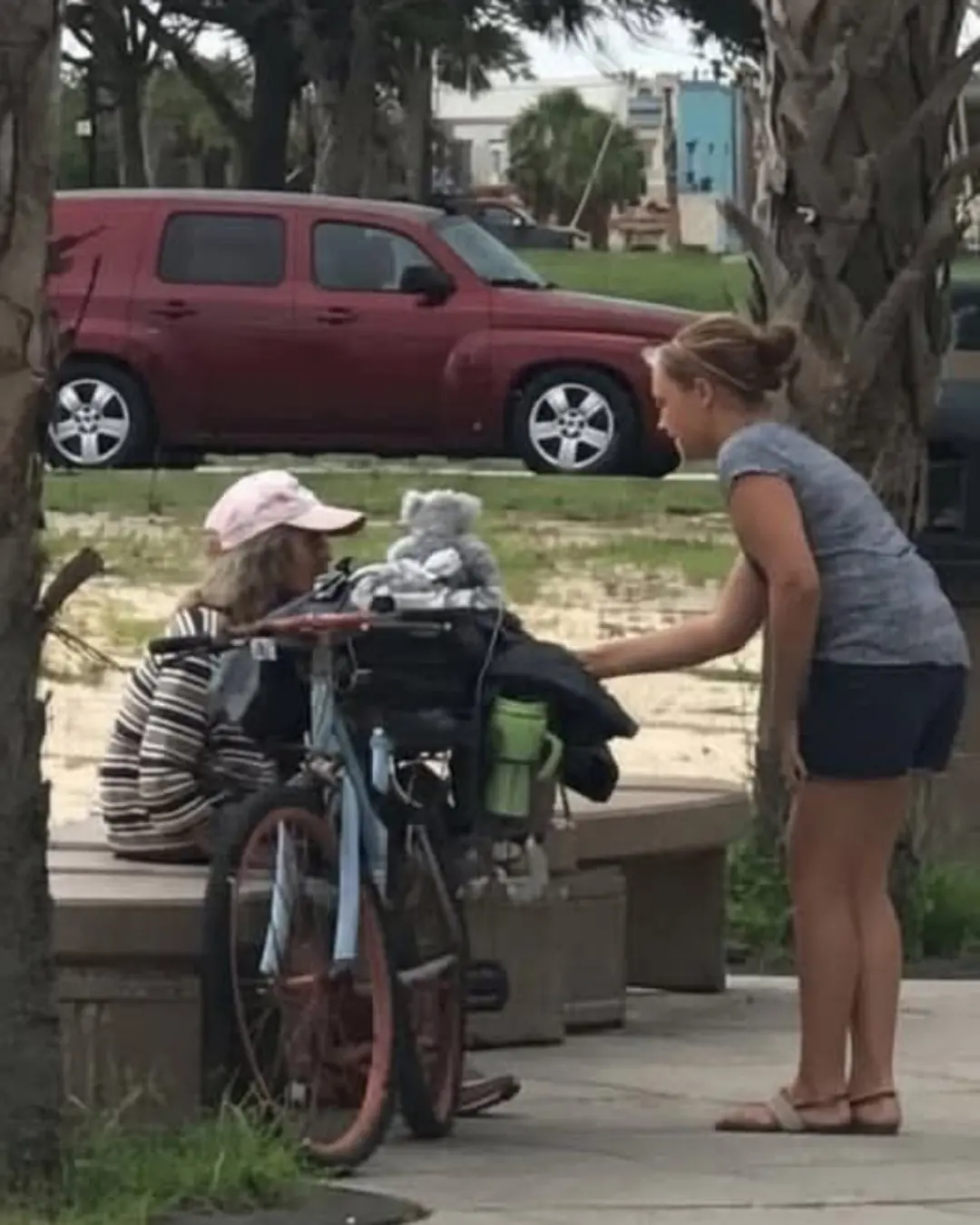
A $5 Lesson in Kindness That Changed a Father’s Heart.
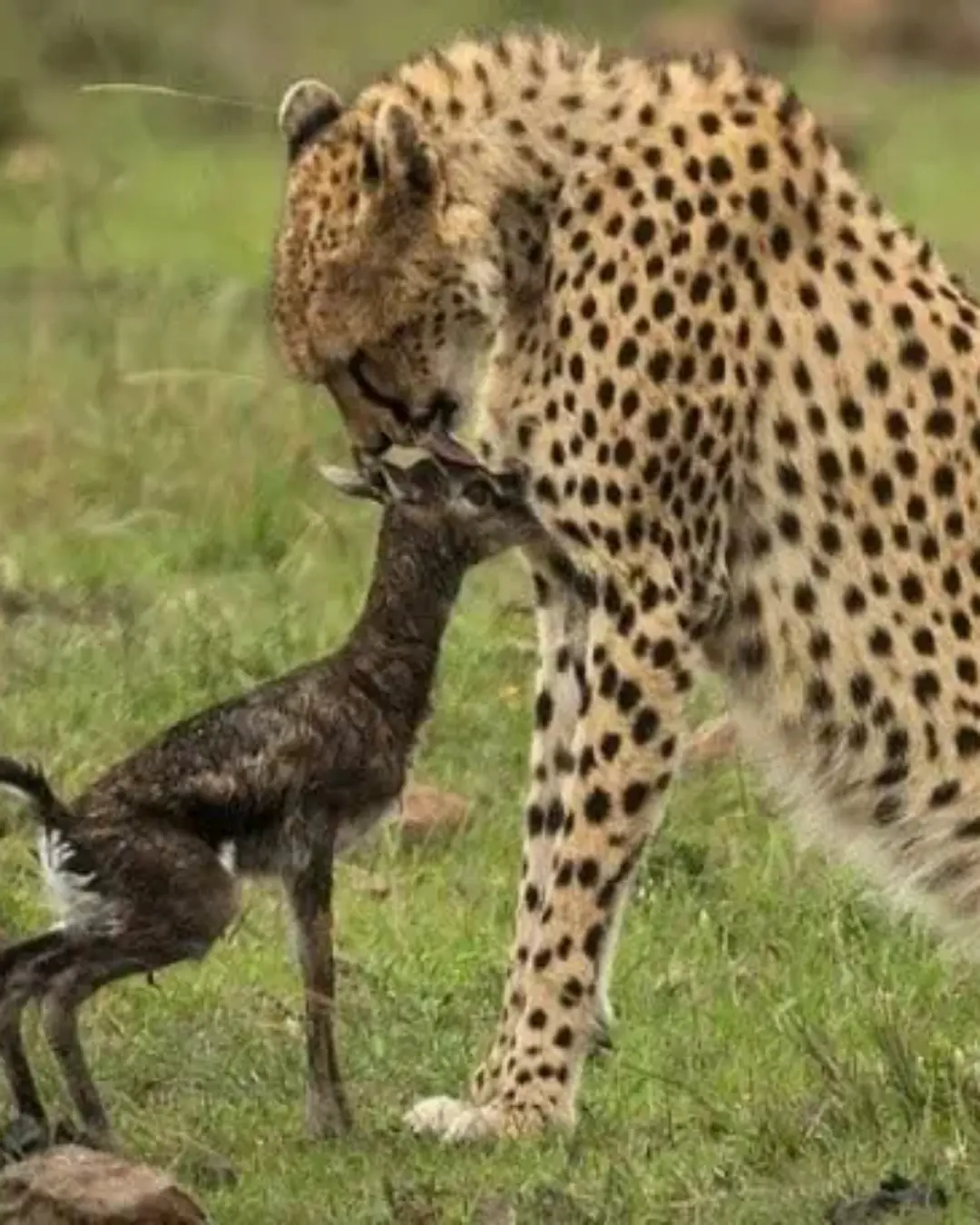
A Moment Between Life and Instinct: The Cheetah and the Newborn Gazelle.
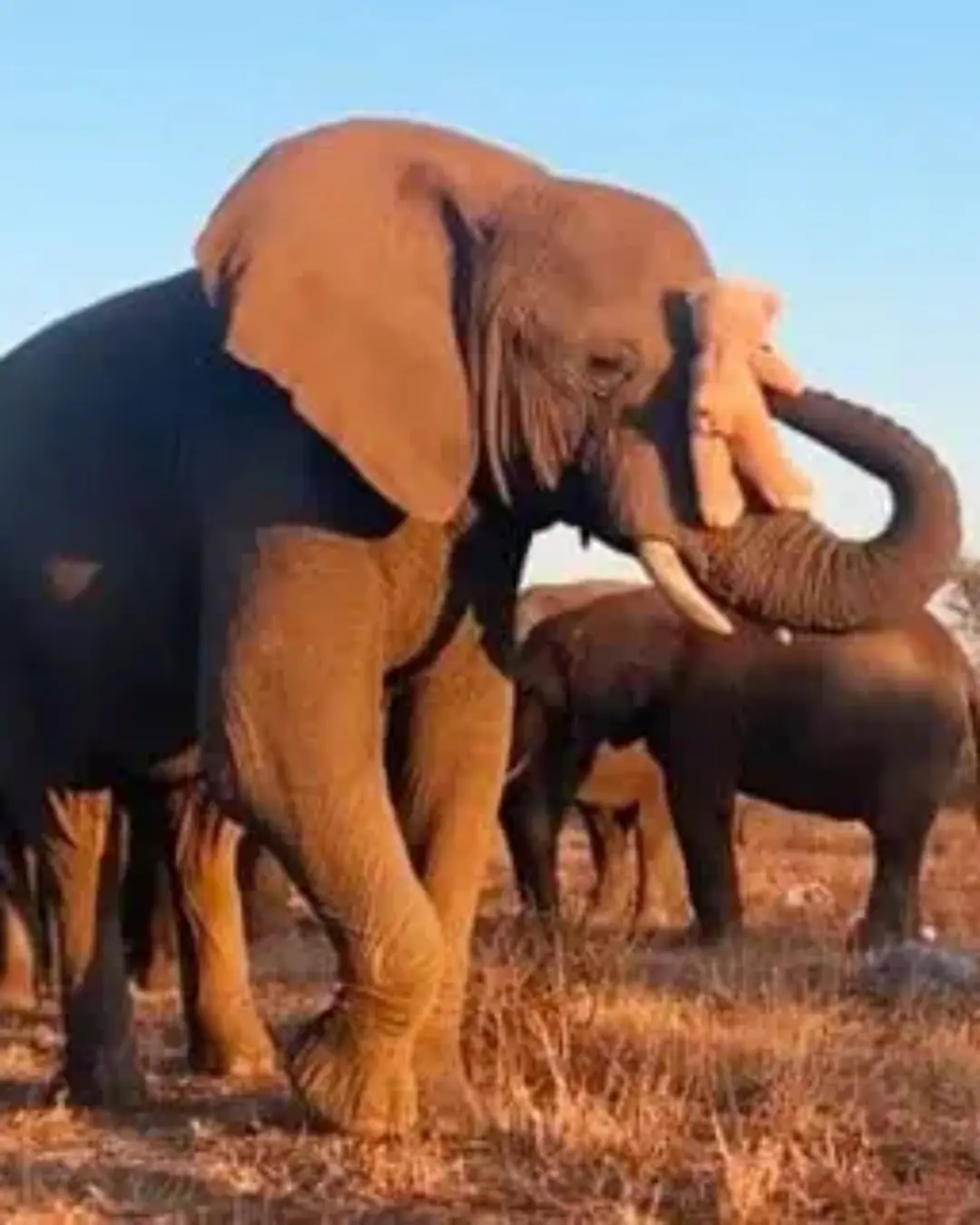
Do Elephants Have Personalities? A Student’s Heartfelt Study Reveals the Souls Behind the Giants.
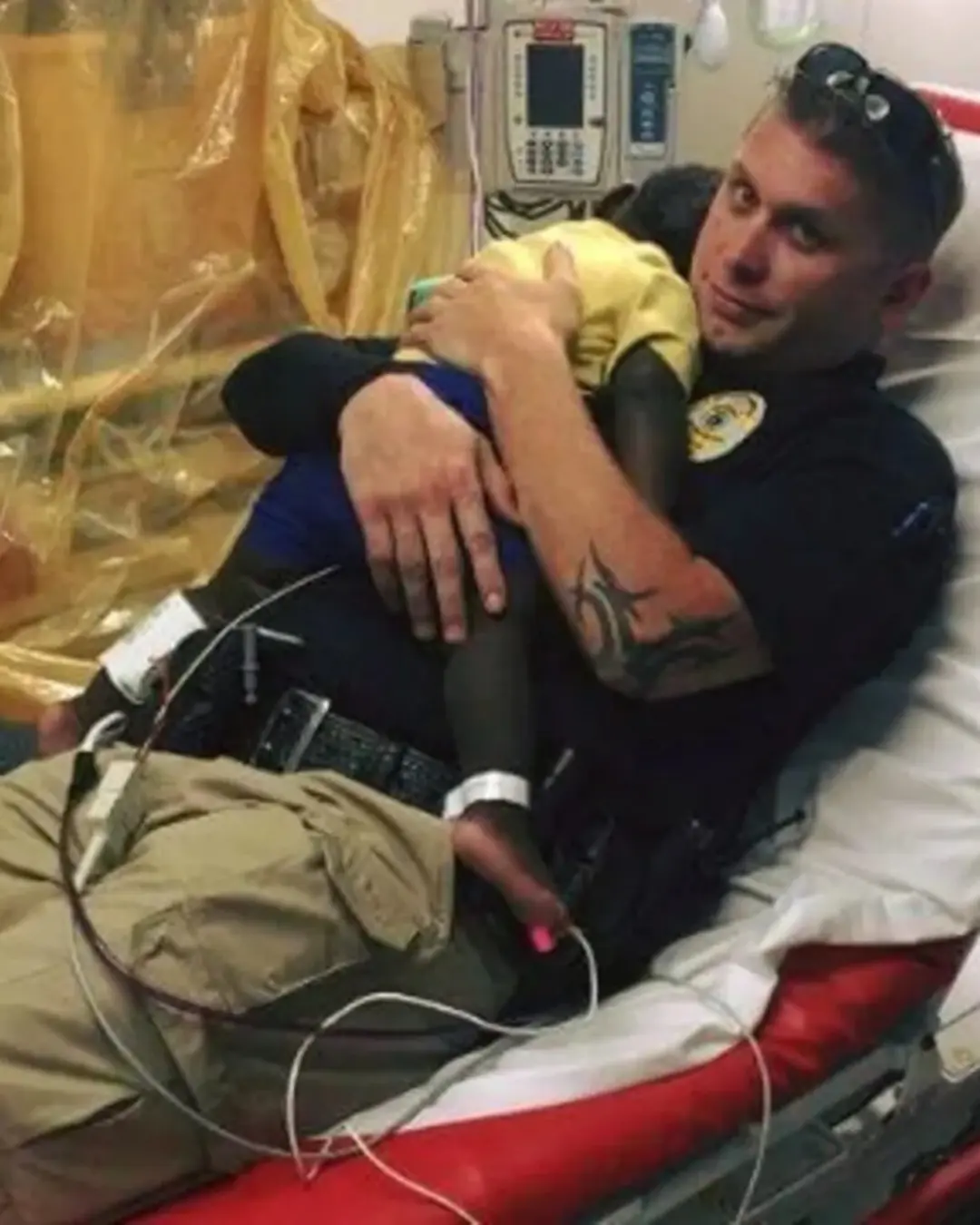
A Child’s Cry, An Officer’s Instinct.
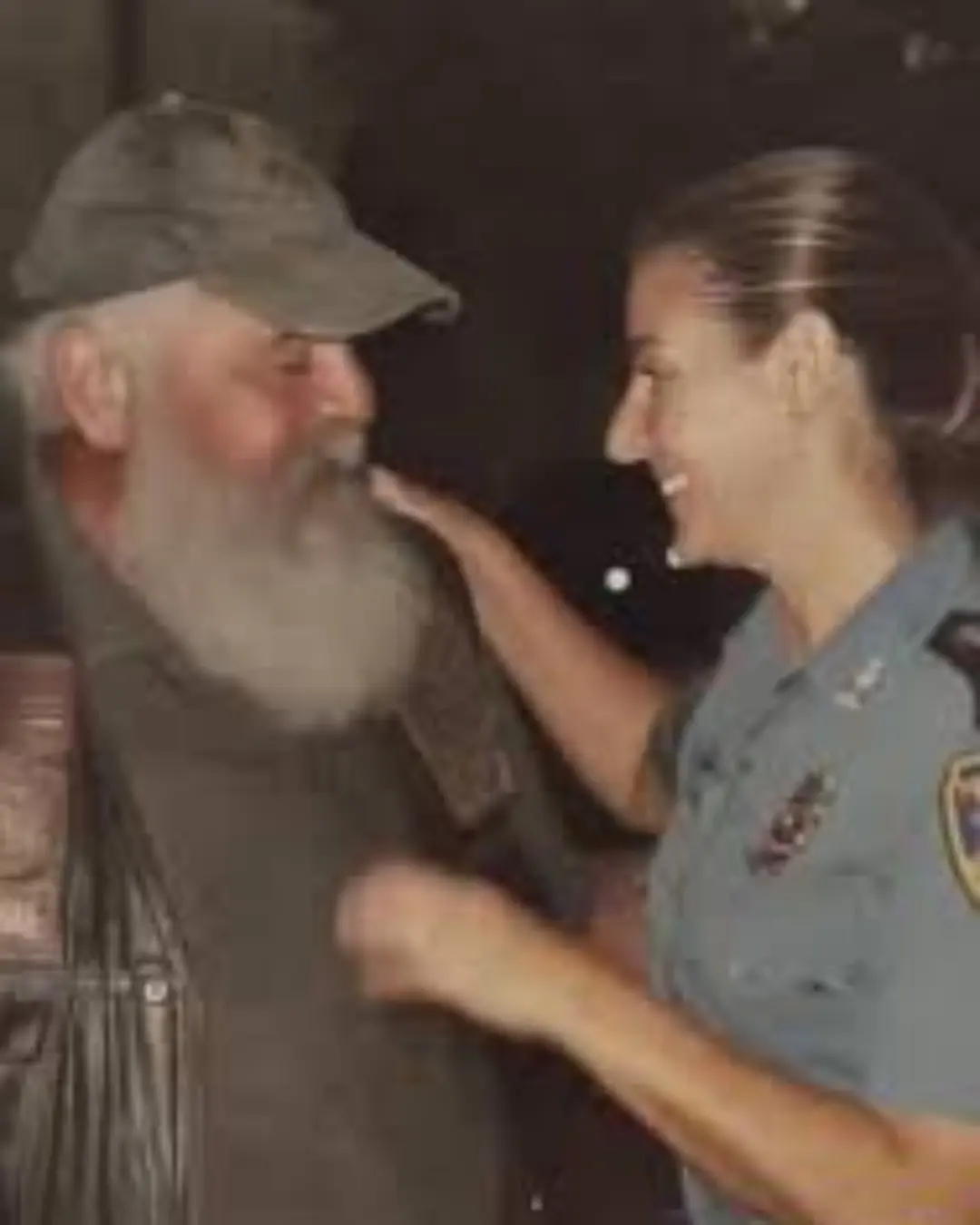
The Biker and the Cop: A Reunion After 31 Years.
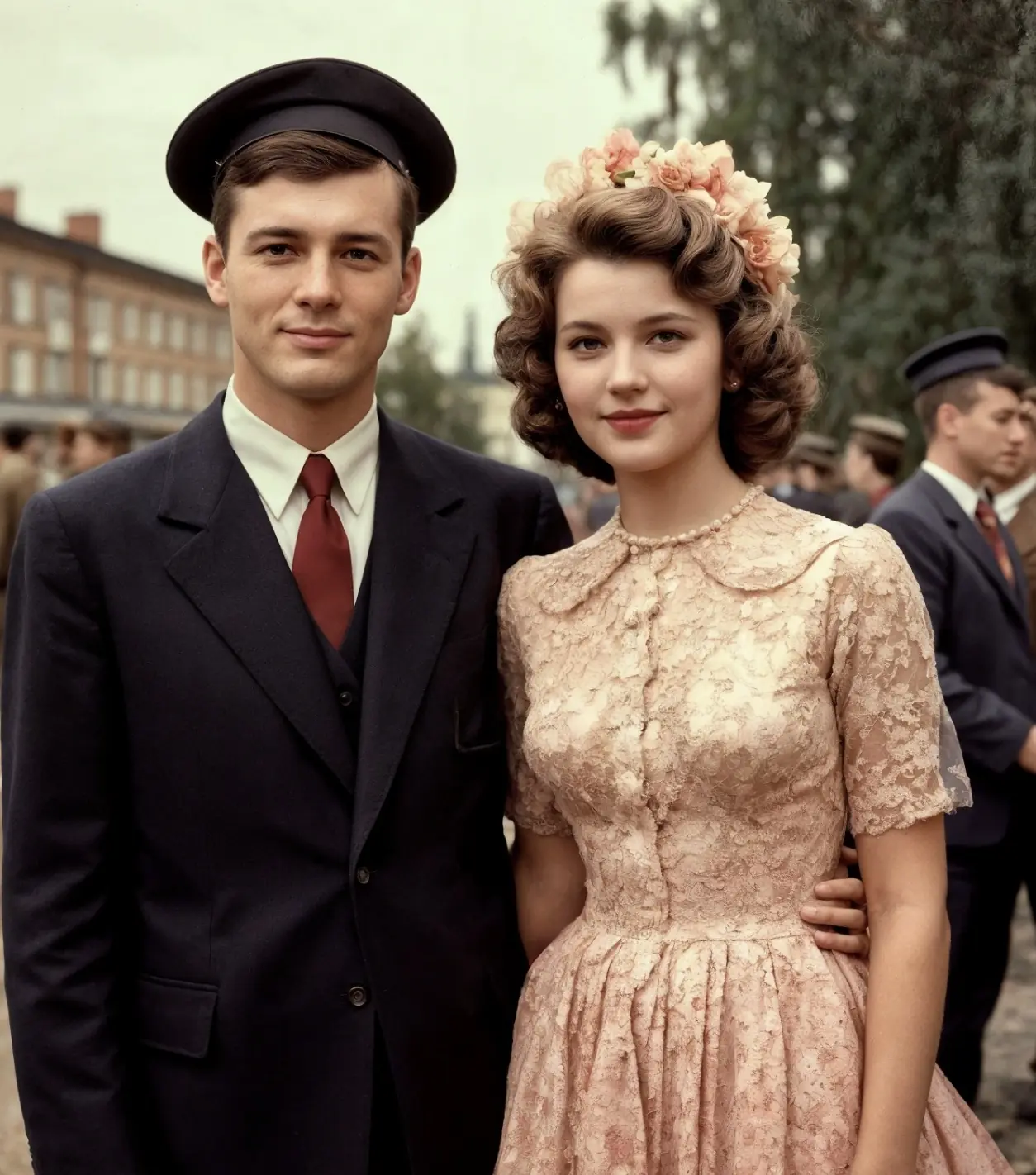
Their daughter disappeared in 1990, on the day of her graduation. And 22 years later, the father found an old photo album.
News Post
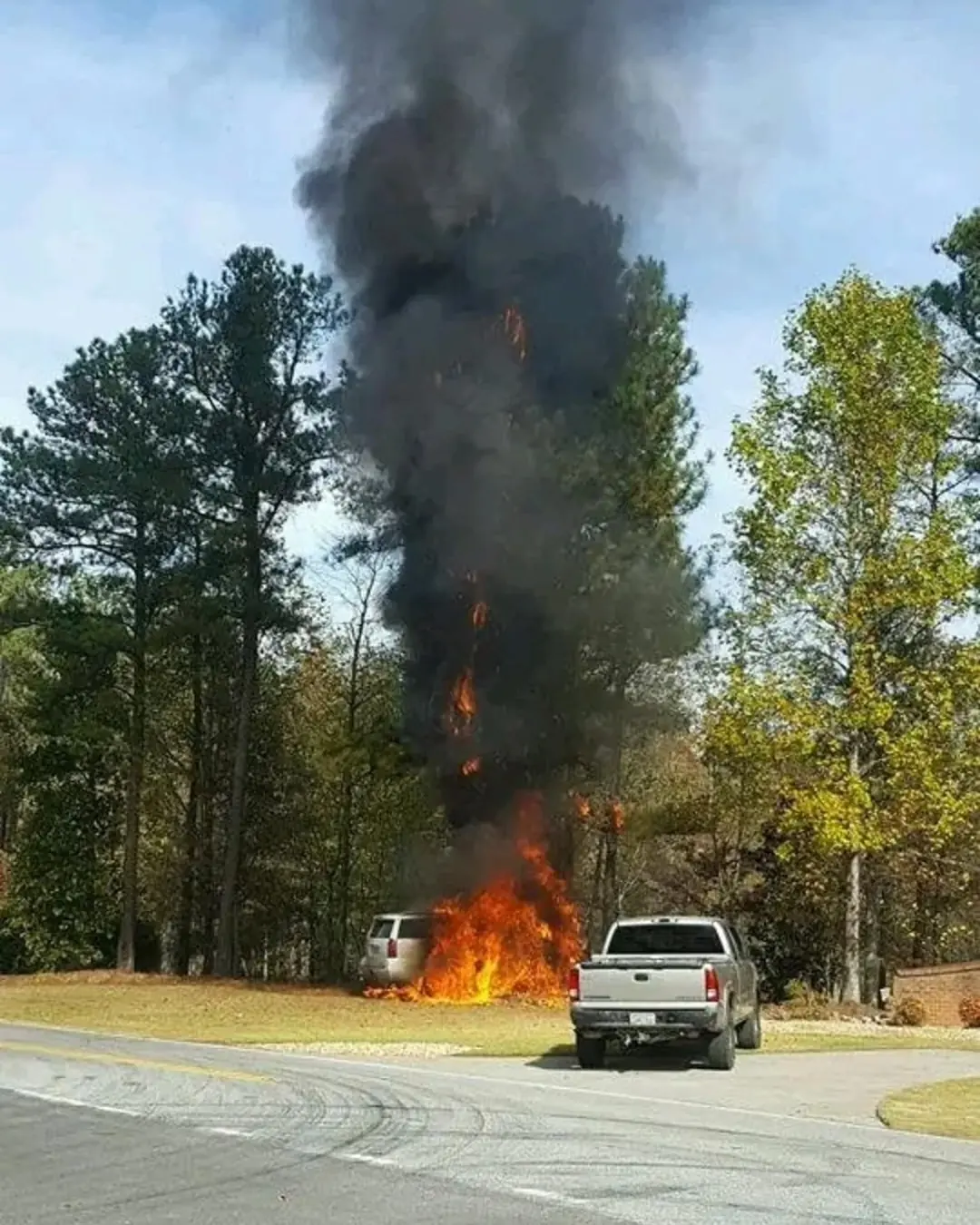
I Want to Live: A Child Pulled From the Flames.

Staff Sgt. Chantelle Taylor: The Combat Medic Who Made History.

A Hug at the Golden Eagle.
The Little Elephant Without a Trunk.

The Women Who Rode Through the Depression Carrying Hope in Saddlebags.

Don’t Eat Tofu Right Away After Buying — Freeze It for a Magical Effect: Wish I Knew This Sooner!

Add This One Ingredient to Your Coffee: Say Goodbye to Yellow Teeth and Bad Breath

The Informant Who Burned the Truth: One Man’s Confession from Inside the FBI’s War on Black America.
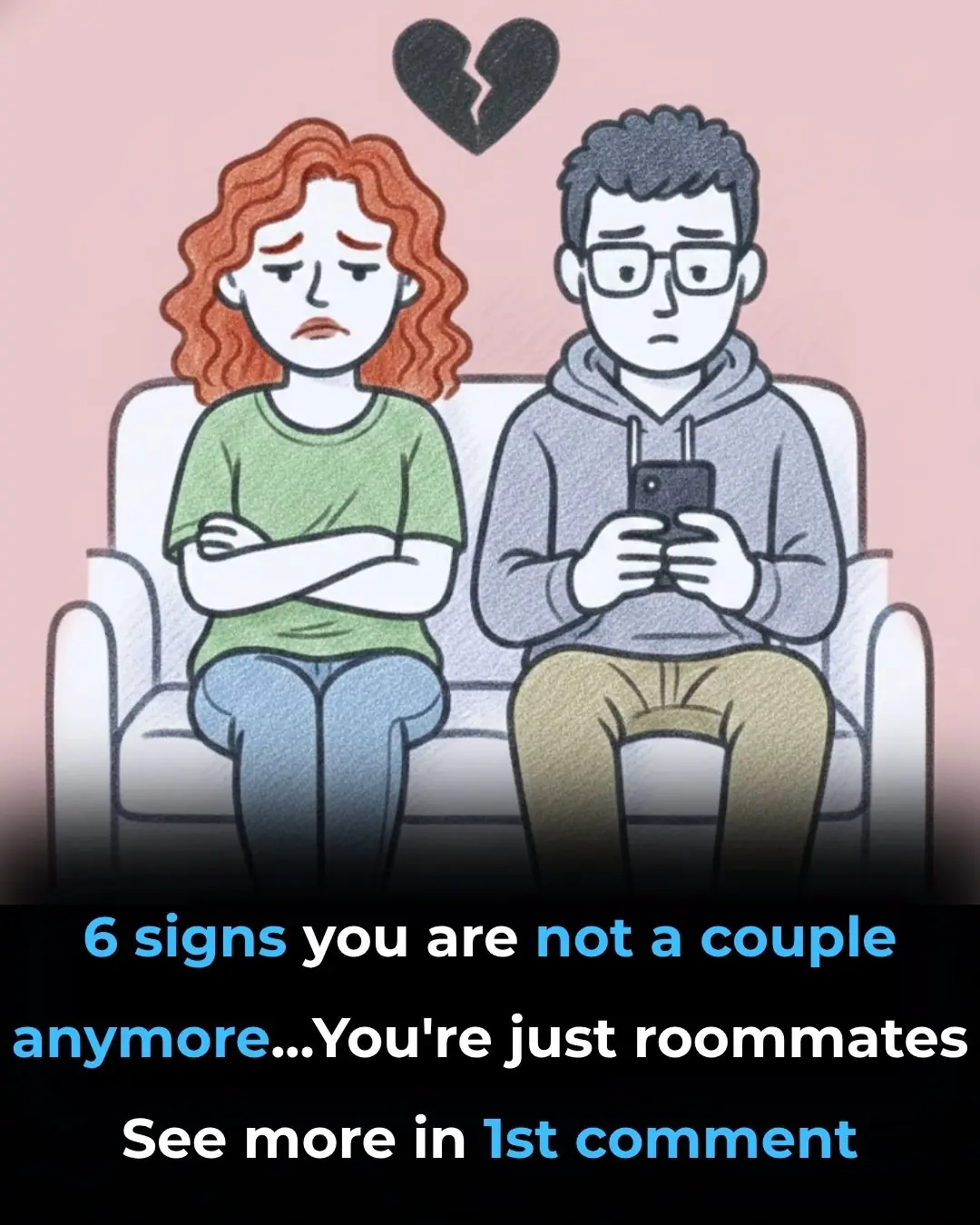
6 Signs You’re in the “Roommate Phase”

The Cat Who Befriended a Lynx: A Wild Lesson in Unlikely Love.

💧 6 Natural Beverages to Keep Your Kidneys Healthy

Phyllanthus Acidus: In 30 Days – Unexpected Hair Growth

Top 5 vitamins to supercharge circulation in your legs & feet

How To Make Alkaline Water To Fight Fatigue, Digestive Issues And Cancer

Why Nobody Should Be Eating Salmon Anymore

‘Start Talking Like This, They Lost Their Hunger ‘: Bills Fans Panic. Slumping Josh Allen Says Wife Hailee Steinfeld Taught Him He’s More Than A NFL Player
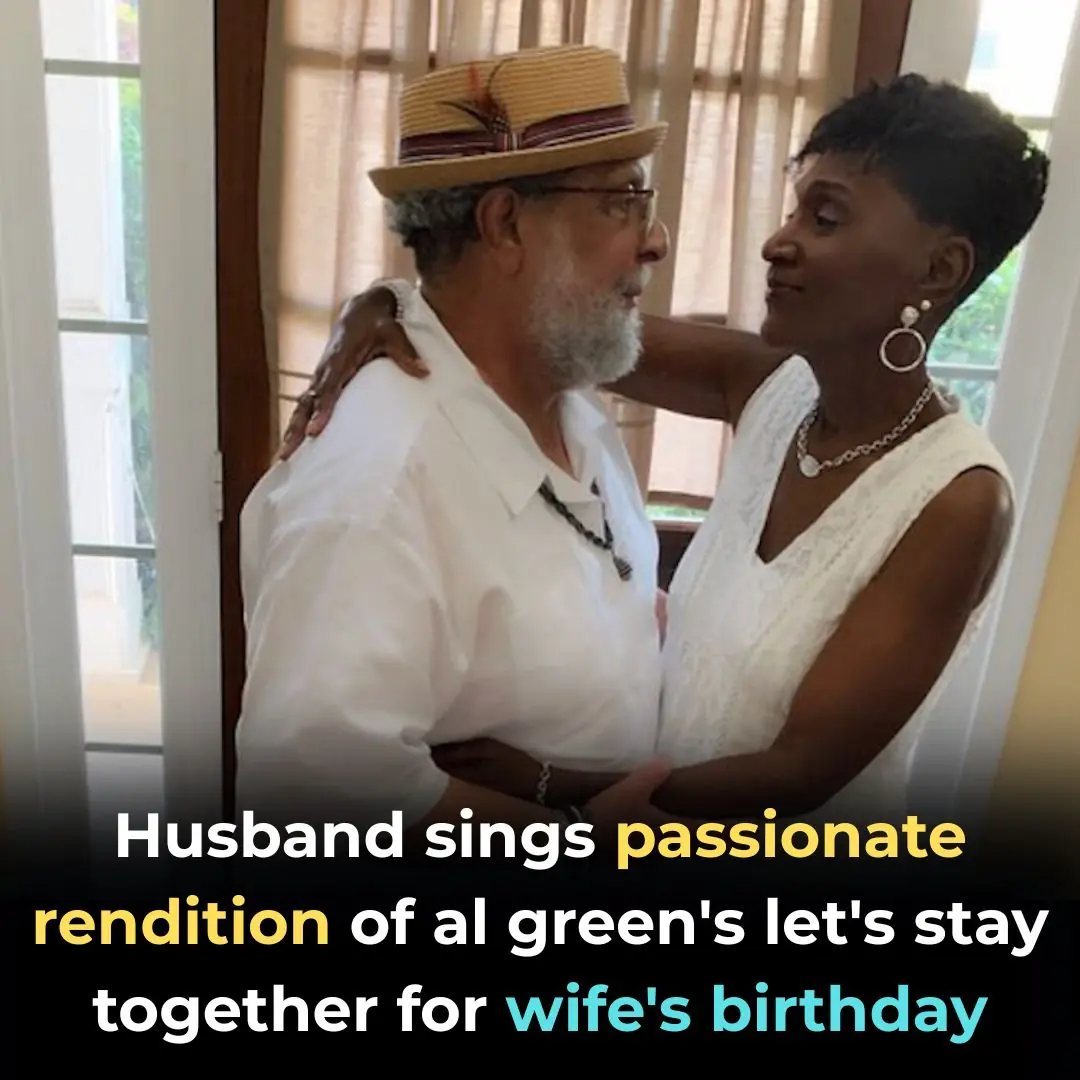
Husband Sings Passionate Rendition of Al Green’s Let’s Stay Together for Wife’s Birthday
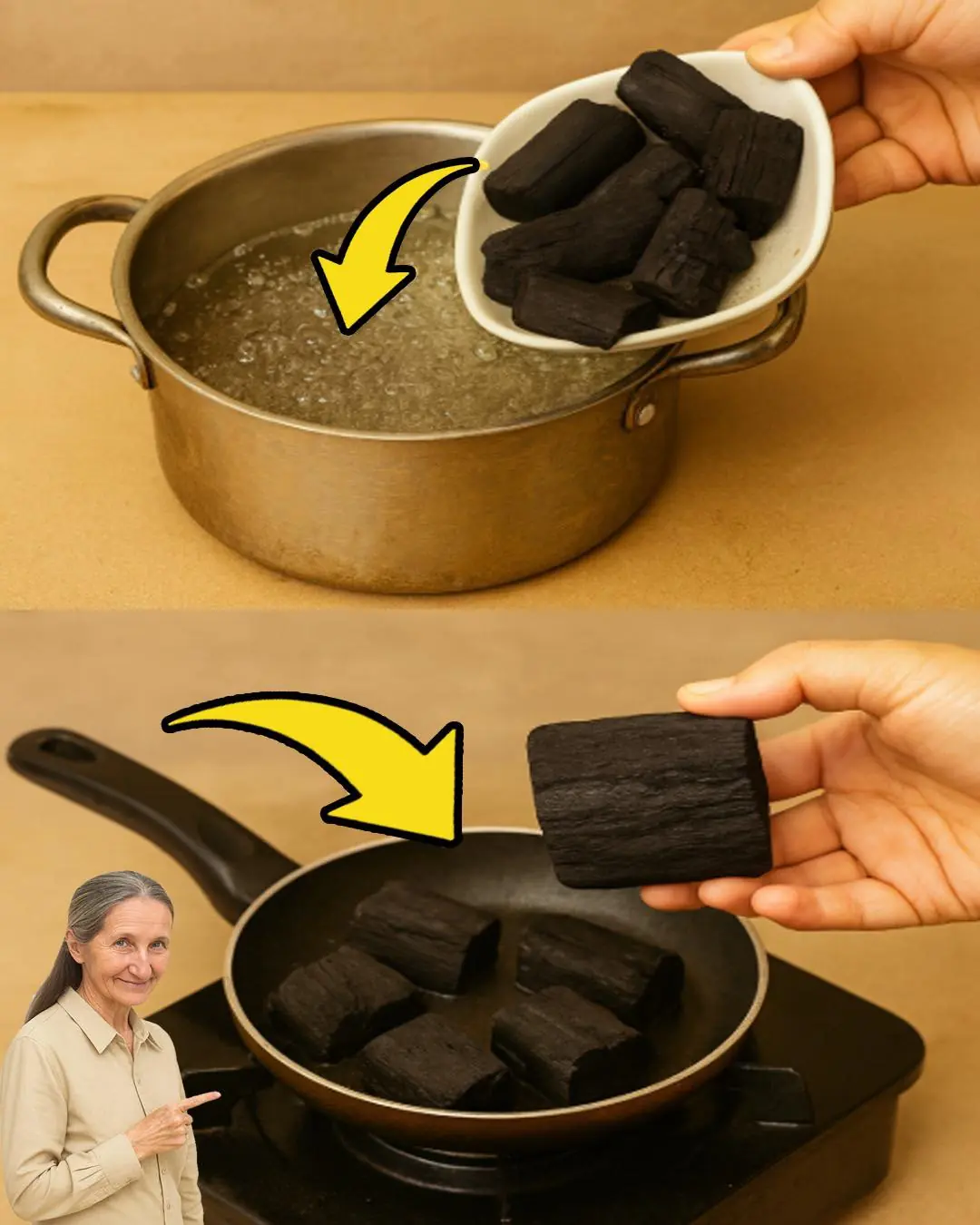
DIY Survival Water Filter – How to Make Clean Drinking Water Anywhere
